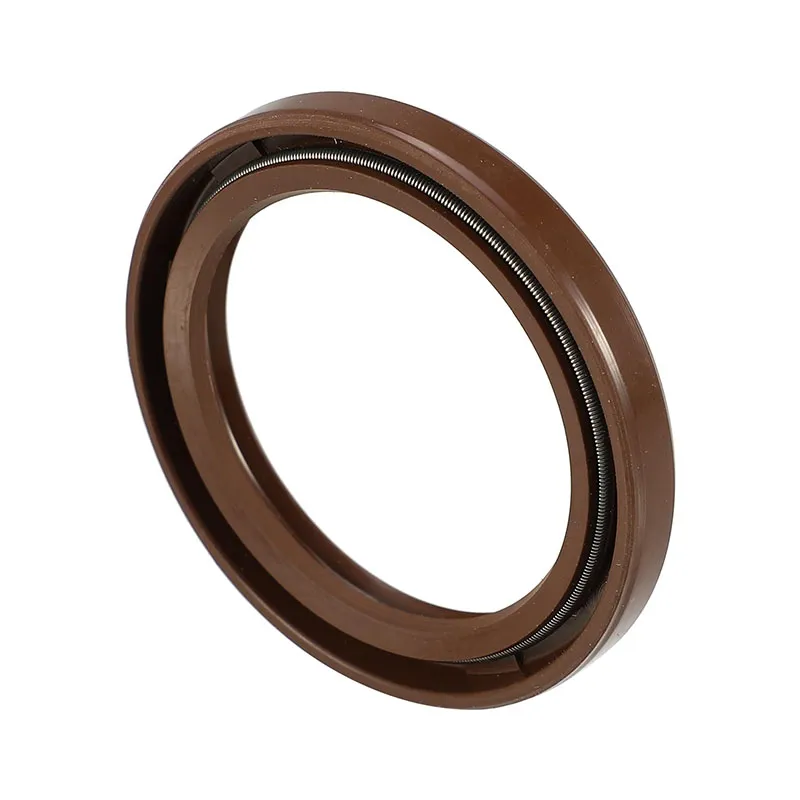types of oil seal
Understanding the Types of Oil Seals and Their Applications
Oil seals, also known as lip seals or rotary shaft seals, are critical components in machinery and automotive sectors that help contain lubricants, preventing leakage and protecting internal components. They play a significant role in maintaining the efficiency and longevity of equipment by sealing the lubricant within and keeping contaminants like dust and moisture out. This article will outline the various types of oil seals and their applications.
1. Single Lip Oil Seals
Single lip oil seals are the most commonly used type of seal. They feature a single flexible lip that makes contact with the shaft, creating a seal that prevents the escape of oil while allowing for minor shaft movement. Typically made from rubber or other elastomeric materials, single lip seals are widely utilized in automotive engines, gearboxes, and hydraulic systems. Their simplicity and effectiveness make them a go-to choice for many applications.
2. Double Lip Oil Seals
As their name suggests, double lip oil seals have two sealing lips instead of one. This design allows for enhanced sealing capability and greater protection against contaminants. The inner lip seals the lubricant inside the machinery while the outer lip acts as a barrier to prevent dirt and moisture from entering. Double lip oil seals are commonly used in applications where exposure to harsh environments or aggressive fluids is a concern, such as in heavy machinery and industrial equipment.
Spring-enclosed lip seals incorporate a spring that helps maintain consistent pressure against the shaft, ensuring an effective seal even under varying conditions. The tension exerted by the spring prevents the lip from becoming loose over time, which can happen due to wear or thermal changes. These seals are particularly useful in dynamic applications where the shafts are subject to rotation and movement, such as in pumps and motors.
types of oil seal

4. Mechanical Seals
Mechanical seals are more complex than traditional oil seals and are designed for high-pressure applications. They consist of two mating surfaces that create a seal when pressed against each other. Mechanical seals are widely used in pumps, compressors, and mixers, where they provide a reliable seal under extreme conditions. They are an ideal solution for preventing fluid leaks in corrosive or high-temperature environments.
5. Face Seals
Face seals are another type of sealing solution that consists of a flat surface in contact with another flat surface. Unlike conventional oil seals, face seals do not rely on lip action. Instead, they utilize a combination of materials and pressure to create a barrier against leakage. Face seals are often used in applications such as gearboxes, turbines, and compressors, where there is a need for high reliability and the ability to withstand harsh operating conditions.
6. Radial Lip Seals
Radial lip seals are specifically designed to fit snugly around rotating shafts. They provide sealing on the outer edge, which is crucial for applications that involve radial loads. These seals are versatile and can be found in a variety of industries, from automotive to aerospace, due to their effectiveness in retaining lubrication and excluding contaminants.
Conclusion
Choosing the right type of oil seal for a specific application is essential for ensuring the longevity and efficiency of machinery. The various types discussed above—single lip, double lip, spring-enclosed lip, mechanical seals, face seals, and radial lip seals—each have their unique advantages and applications. Understanding these different seal types allows engineers and maintenance professionals to make informed decisions that enhance performance and protect valuable equipment from wear and failure. Investing in the proper oil seals ultimately leads to reduced maintenance costs and improved operational reliability.
-
The Ultimate Guide to Car Repair Kits: Tools and Essentials Every Driver Should Own
News Aug.01,2025
-
The Complete Guide to Oil Pan Gaskets: Sealing Engine Leaks the Right Way
News Aug.01,2025
-
Preventing Oil Leaks: A Complete Guide to Oil Pan Gaskets and Drain Seals
News Aug.01,2025
-
Everything You Need to Know About Oil Pan Gaskets and Drain Plug Seals
News Aug.01,2025
-
Essential for Car Owners: How to Use a Car Repair Kit to Deal with Minor Breakdown
News Aug.01,2025
-
Comprehensive Guide to Engine Oil Sump Gaskets and Related Seals
News Aug.01,2025
-
The Ultimate Guide to Boat Propeller Bearings and Trailer Wheel Bearings
News Jul.31,2025
Products categories















